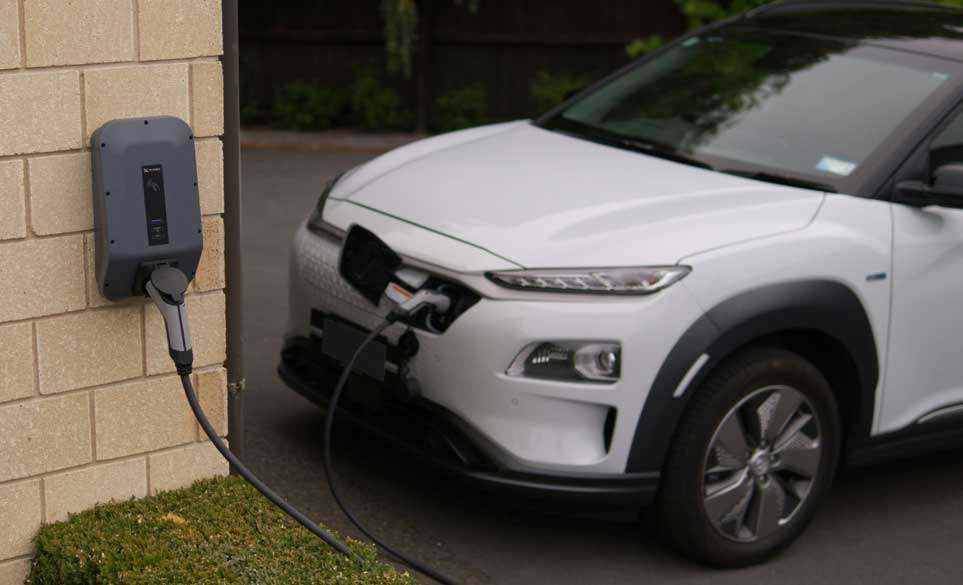Staying safe on the road
The safety of our drivers and their passengers is our number one priority. Here are our safe driving tips for staying safe every day, come rain or shine.
General tips
We recommend that you:
- Plan and allow plenty of time for your journey to prevent any unnecessary stress that could impact your concentration or tempt you to speed.
- Make sure everyone in the car is wearing their seat belt properly (across their body). Children under the age of 12 or under 135cm (whichever comes first) must also use a car seat.
- Only drive when you are in a fit state. We all know that we shouldn’t drink and drive, but this also extends to some medications. Make sure to ask your GP if you’re fit to drive when starting any new medication.
Take a break
Driver fatigue
Between 10-20% of all crashes are caused by driver fatigue. A good rule of thumb for avoiding fatigue is planning a 15-minute break for every two hours of driving. Use this time to grab yourself a coffee and fill up or charge your car for the next leg of the journey.
- Over 132,000 injuries from traffic related accidents were reported in 2023. It’s important to avoid anything that could take your eyes off the road or hands off the wheel, including phones, food, or the radio dials. Make sure mobile phones are mounted properly and pull over or ask a passenger to help you if something could divide your attention.
- When waiting to turn right, keep your wheels straight, so that you won’t be knocked into oncoming traffic if you’re hit from behind.
- Give other road users, such as cyclists, motorcyclists, and horse riders, plenty of space when overtaking. The Highway Code recommends leaving at least 1.5meters (5feet) when overtaking at speeds of 30mph – leave more room if you’re going faster than this.
Everything you need to know about the highway code
Drive safe, no matter the weather
Heavy rain or flooding
- Driving fast through water is dangerous and can end up being very expensive. Avoid driving into flood water puddles – it only takes 40ml of water to find its way into the engine to wreck it!
- Leave twice as much space as you normally would from the vehicle in front.
- If steering feels light due to aquaplaning, ease off the accelerator and slow down gradually.
- After driving in wet conditions, test brakes as soon as possible. Apply light pressure while moving slowly. If your brakes aren’t responding normally, pull over. If you’re driving a Zenith vehicle, call us on 0344 848 8080. It is important that you do not continue to drive (especially at high speeds) if you are not confident that your brakes are working properly.
- To avoid the water along the side of the road, drive in the middle lane if possible and regularly check your wipers.
Strong winds
- Keep both hands on the steering wheel and your speed low.
- Be prepared for strong wind and gusts on exposed stretches of road.
- Leave extra room around cyclists and motorcyclists as they may veer across the road.
- Maintain a safe distance from other vehicles (including the ones behind, in front and to the side of you when overtaking), especially high-sided vehicles, and caravans.
- Remain alert to possible falling tree branches and other debris.
- Plan your journey carefully, checking weather and traffic bulletins regularly. Consider whether your journey is necessary.
Warmer weather
- Keep a pair of sunglasses handy so you don’t get caught out by low sun.
- Keep an eye out for other road users – hikers, cyclists, and new-born animals are more likely to be out and about come springtime. Make sure to drive slowly, give them extra room, and avoid revving your engine.
- Keep a bottle of water in the car – dehydration can reduce concentration by up to 30%.
- Don’t drive in flip flops – you will not have enough control over the pedals.
Colder weather
- When driving a manual car in icy weather, use the highest gear possible to help your tyres grip to the road.
- Be wary of puddles in case they’re frozen over and cause you to skid.
- Leave plenty of time to defrost your car and allow extra breaking time when driving in snowy or icy conditions.
- Make sure your tyres have at least 3mm of tread depth so they can grip in wintery conditions.
- Think about whether the journey is necessary. For example, could it wait until the weather clears or could you work from home?


